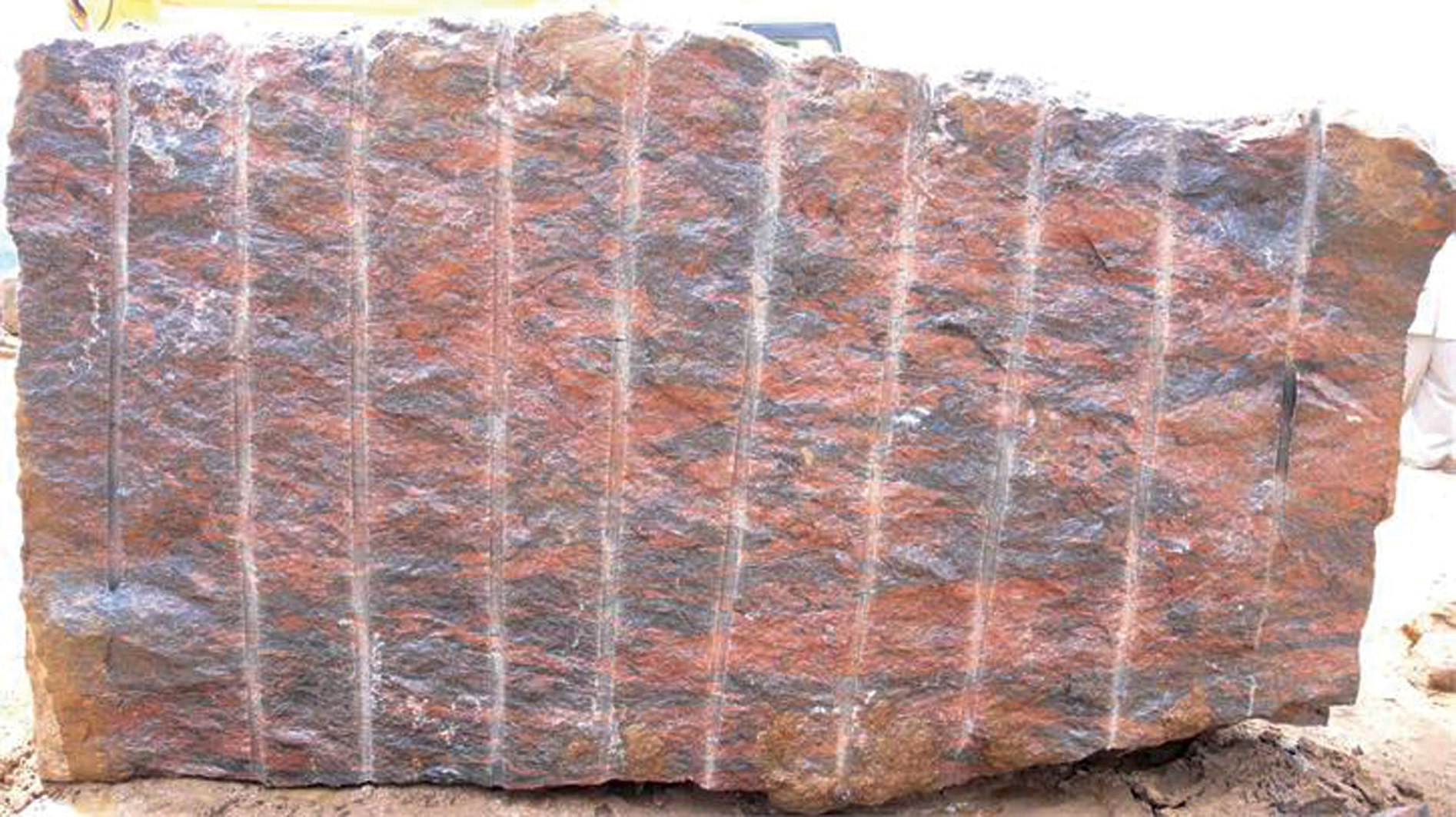Uncovering the Rich Background and Sustainable Practices of Granite Quarrying
As we depend on the precipice of uncovering the detailed tapestry of granite quarrying, a journey via time reveals not simply the physical act of extracting stone yet also the social and historic importance woven right into the very material of this technique. From the ancient origins that laid the structure for modern quarrying methods to the lasting techniques that are shaping the future of this market, each chisel mark on granite surfaces narrates waiting to be unearthed (granite quarries in south africa). The tradition of granite quarrying extends much beyond simple removal; it is a testimony to human resourcefulness, resilience, and the enduring appeal of this magnificent stone
Ancient Beginnings of Granite Quarrying
Going back to old civilizations, the method of quarrying granite has been an important part of human background and building improvement. The earliest proof of granite quarrying go back to old Egypt, where enormous pyramids and detailed sculptures were crafted from this durable stone. The Egyptians made use of primitive tools to extract granite blocks from quarries, showcasing the significance of this material in their significant buildings.
Moving on in background, the Greeks additionally made substantial payments to the quarrying of granite. The Greeks made use of granite in different building marvels, such as temples and sculptures, demonstrating their skill in shaping and carving this hardy rock. The Romans better improved the strategies of quarrying granite, using innovative devices like blades and hammers to essence and shape granite for their renowned structures.
Via the centuries, the technique of quarrying granite has actually progressed, with contemporary technologies enhancing efficiency while keeping the ageless charm of this natural rock - granite quarries in south africa. From old people to contemporary home builders, the tradition of granite quarrying continues to shape our globe
Development of Quarrying Methods
The evolution of quarrying techniques has actually been marked by a continuous development towards greater performance and accuracy in extracting granite. From the basic approaches utilized by our ancestors to the innovative innovations utilized in modern-day quarrying operations, the industry has actually gone through substantial innovations. Early quarrying methods entailed manual work with basic tools such as knives, hammers, and wedges to remove granite blocks from the earth. As worlds progressed, strategies like fire-setting and primitive dynamites were presented to help with the removal process.
In even more recent times, the development of machinery reinvented the quarrying industry, allowing much faster extraction rates and boosted productivity. Technologies such as diamond cable saws, high-pressure water jets, and pneumatically-driven drills have ended up being standard in contemporary quarries, enabling precise cutting and decreased waste. Developments in computer-controlled devices and 3D modeling have actually maximized quarrying procedures, leading to marginal ecological impact and improved sustainability methods. As the demand for granite continues to increase, the development of quarrying strategies continues to be indispensable to conference sector requires successfully and sustainably.
Social Value of Granite
Granite holds an extensive cultural value throughout various human beings due to its enduring visibility in architectural work of arts and respected monuments. The social importance of granite expands beyond its physical attributes; it symbolizes resilience, security, and eternity, making it a sign of sustaining traditions and practices.

Sustainable Practices in Quarrying
Amidst the abundant history of granite quarrying and its cultural value exists an expanding focus on sustainable practices within the sector. As environmental awareness and problems regarding resource deficiency have heightened globally, the quarrying market has increasingly welcomed sustainable approaches to lessen its influence on the setting and surrounding communities.

Furthermore, reclamation and rehabilitation of quarry sites post-extraction are essential to sustainable practices. By restoring quarried areas to a natural or advantageous state, such as creating wildlife habitats or recreational rooms, quarriers can counter the ecological impact of their operations and contribute favorably to the neighborhood ecosystem.
Legacy of Granite Quarrying
With a historic backdrop soaked in craftsmanship and commercial progression, what withstanding effect has granite quarrying left on the landscape of contemporary society? The tradition of granite quarrying transcends mere removal techniques; it has actually shaped architectural wonders, metropolitan landscapes, and cultural heritage worldwide. The durable nature of granite has actually made it a favored choice for monuments, structures, and facilities, standing as a testament to the ability and creativity of quarry workers throughout generations.
In addition, the economic impact of granite quarrying can not be neglected. The industry proceeds to offer employment possibility and drive regional economies in areas where granite extraction is prevalent. It has actually also stimulated technological advancements in quarrying strategies and devices, leading to extra effective and lasting methods.
In terms of sustainability, the heritage of granite quarrying includes efforts to alleviate environmental effects via reclamation jobs and liable resource administration. By stabilizing financial interests with environmental stewardship, the market makes every effort to ensure that future generations can continue to gain from this long-lasting all-natural resource.
Final Thought
